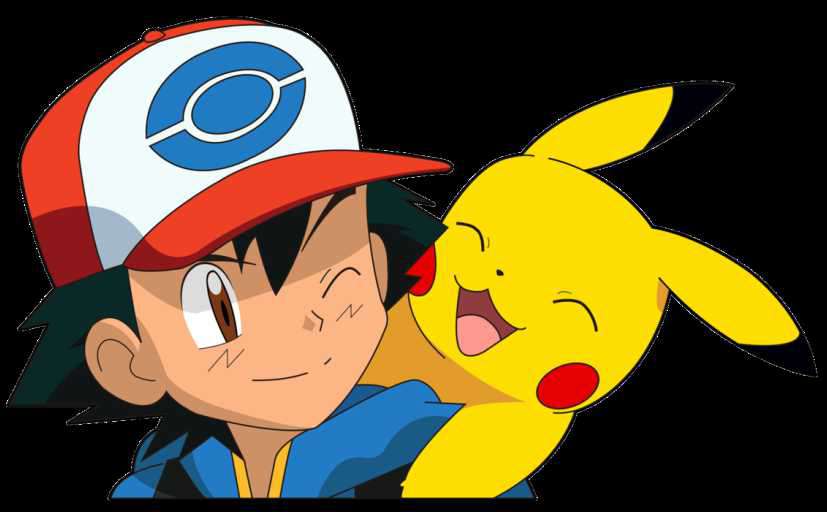Cute things are usually vulnerable, fragile and weak. But cuteness itself is mighty indeed. Morten L Kringelbach and his colleagues at the University of Oxford recently described cuteness as ‘one of the most basic and powerful forces shaping our behavior’. Despite its elemental importance, its cuteness might be a fluid, evolving concept and trait.
The word emerged as a shortened form of the word ‘acute’, originally meaning sharp, clever or shrewd. For Schoolboys in US cute meant pretty or attractive in the early 19th century. But cuteness also implies weakness. Mignon, the French word for cute or dainty, is the origin of the English word ‘minion’, a weak follower or underling. Kawaii, a Japanese word refers to a similar concept, was first used in the 11th century to mean pitiable.
Yet the mascots of Japanese kawaii today are not always so pitiable. Pikachu, a rat-like creature from the video game franchise Pokémon, can conjure bolts of searing electricity to attack opponents. If Pikachu’s infantile features like large eyes, plump red cheeks, and a disproportionately large head are considered, they do not make it pitiable. Instead, it is innocent, lovable and cute.
In fact, cute judgments might be fundamental to human perception.it has been examined magnetic brain activity in subjects presented with infant and adult faces, Kringelbach and his colleagues at Oxford have discovered that brain starts recognizing faces as cute or infantile in less than a seventh of a second. His group came to a conclusion that cuteness unlocks the brain’s fast attention resources before also influencing slower brain networks responsible for compassion and empathy.
The concept of a supernormal stimulus was introduced by Lorenz and Tinbergen. In an experiment, it was discovered that geese preferred to roll volleyballs towards their nests over real goose eggs. Volleyballs can also be said to be supernormal stimuli
Talking about Pikachu, its baby-like features might exceed those of real infants, making the character a supernormal stimulus: unbearably adorable, but without the high maintenance of a real baby. It can be said without any doubt that for us word ‘cute’ does not mean to nurture faux animals such as Pikachu, but our brains have been hijacked nonetheless by the unnaturally big eyes and childlike features of such cute characters? Same is our ability to sense sugar in food did not evolve for us to enjoy chocolate milkshakes, but to steer us towards naturally occurring sources of sugar in fruit and other foods.
Cute cartoon characters, junk food, video games and other supernatural stimuli might engage the nucleus accumbens, a critical piece of neural machinery in the brain’s reward circuit. The nucleus accumbens contains neurons that release dopamine, a brain chemical that, among other things, encodes such stimuli. Similar to drugs of abuse, supernormal stimuli are hypothesized to activate the nucleus accumbens, giving the brain directly to pay full attention towards the reward in question. It has been researched by a team that the phenomenon by artificially manipulating the infant schema of babyfaces in photographs to create supernormal stimuli which are faces (baby-faced, or cute than a normal infant might appear. Women were given real and manipulated images and meanwhile their brains were scanned using functional magnetic resonance imaging (fMRI). In a writing Researchers concluded that decrement of cuteness had a significant effect on metabolic activity in the nucleus accumbens, suggesting that this brain region both responds to supernormal stimuli and play a crucial role in triggering altruistic, nurturing behavior towards babies.
These heightened stimuli seem to throw the brain’s concerns into disarray. But even before video game characters and unhealthy foods wrestled our attention from helpless babies and wholesome foods, cats, dogs and other pets found a strange way of winning important resources from humans. Perhaps Kringelbach and colleagues are justified in calling cuteness a ‘Trojan horse’. Why do humans feel the need to nurture other species? Why are puppies, kittens and bunnies sometimes cuter than babies?
Studying infant development might help us find answers.it has been concluding that humans are born with underdeveloped brains so that the cranium can fit through the mother’s birth canal. This also allows for shorter pregnancies, decreasing the burden on the mother. When the babies grow into youngsters, they are perceived as being cuter.Dogs, on the other hand, mature faster after birth, going from blind pups to cute, doggie-eyed puppies in a mere two weeks.
And so, in a strange quirk of evolutionary psychology, canines and felines have won almost the same attention from humans as our own offspring. Cuteness is intuitive and bizarre. Before two centuries, cuteness was still considered as an emerging linguistic concept. Today, it is recognized as a fast ticket to crucial neural resources that control attention, love and caring.
Research into infantile appearance reveals the chilling superficiality of human affection. Why can’t love to be won based on deeper criteria? Similar to a biological computer, the brain requires heuristics or guidelines to identify beings that are likely to be helpless, needy infants. Kringelbach and his colleagues hope that understanding these heuristics will help us come up with a way of relieving the effects of cleft lip and postpartum depression on the mother-child relationship. Or it can be said that such knowledge will discover the ingredients for a cuter Pokémon. Either way, with an increased cultural awareness of cuteness, bigger eyes and rounder faces are here to stay.

 Effects Of Marijuana..
Effects Of Marijuana..
 A Crazy Chapter Of H..
A Crazy Chapter Of H..
 Going Deep In The Ma..
Going Deep In The Ma..
 5 Psychological Trai..
5 Psychological Trai..
 Love Beer And Coffee..
Love Beer And Coffee..
 Do Plants Gamble?..
Do Plants Gamble?..
 Android Evolution..
Android Evolution..
 Exhibiting New Sense..
Exhibiting New Sense..




















Comments